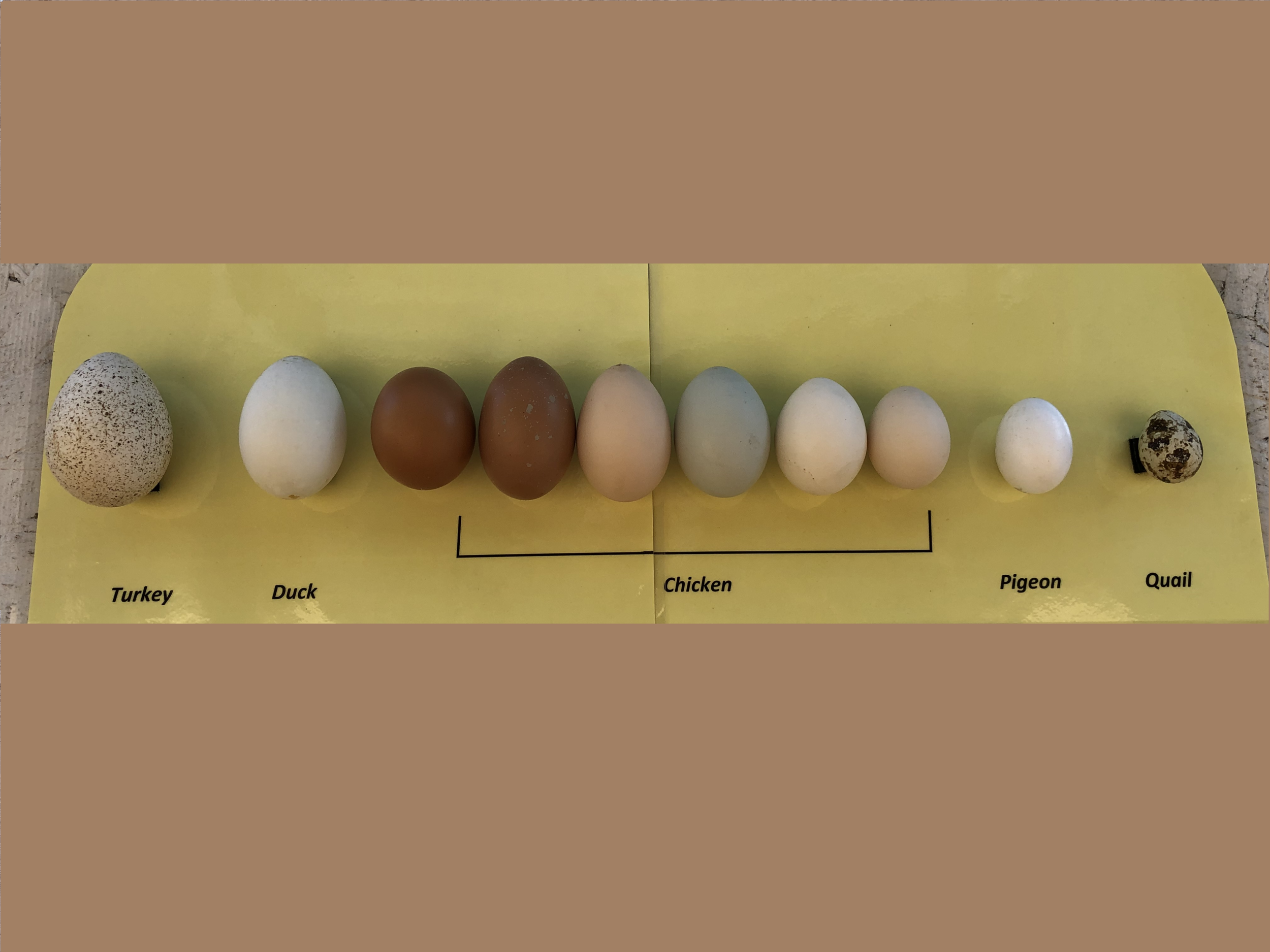
Egg Facts - Did you know?
· Over the course of 24-26 hours, a hen is depleted of 10% of her calcium storage to create one single egg.
· In the wild, hens only lay eggs during breeding season, totaling just 10-15 eggs per year.
· Due to severe human intervention, non-wild hens lay 250-300 eggs per year, which takes a never-ending toll on their bodies.
· Naturally, chickens can live 10-15 years. Sadly, the majority are killed after only 12-18 months due to declining egg production.
· Deemed worthless, 6 billion male chicks are suffocated or ground up alive by the global egg industry every year.
· Regulations for free-range, humane and organic labels are purposely vague and the hens still endure a life of suffering.
· In order to restore calcium and provide essential nutrients, eggs should be fed back to non-wild hens.
· While this information pertains to egg laying hens, countless other species are exploited for their bodies, their babies and everything they produce.
If you want to help end these cruel practices, go to the websites below for what you can do, starting today!
More interesting information:
Once a hen creates an egg, the vagina pushes it out through the vent/cloaca, the shared exit through which urine, feces, and eggs are excreted. More than 95% of all egg-laying hens in the U.S. spend their lives in battery cages so small they cannot even stretch their wings. When their egg production declines to 3-4 eggs per week, egg laying hens are slaughtered, gassed or even thrown onto “dead piles” while still alive. The hatcheries that supply chicks to the egg industry and backyard chicken keepers kill all the chicks they identify as male. Hens on typical “free-range” farms often spend much of their time confined to crowded sheds or pens. While the USDA requires animals on “free-range” farms to have access to outdoor areas, it doesn’t specify how much time they must be allowed to spend outside or how much space they should be given. Most hens on “free range” operations suffer the same traumas as battery hens.
Since humans have no biological need to consume eggs, we can withdraw our support from this exploitative industry by choosing plant-based egg alternatives for baking and cooking. Those who rescue hens can feed the eggs back to these birds to restore much needed calcium. That’s what we do with the eggs laid at One Living Sanctuary and the hens love to eat their eggs!
Sources: freefromharm.org/eggfacts; freefromharm.org/eggs-what-are-you-really-eating
To learn more, please visit:
On YouTube:



